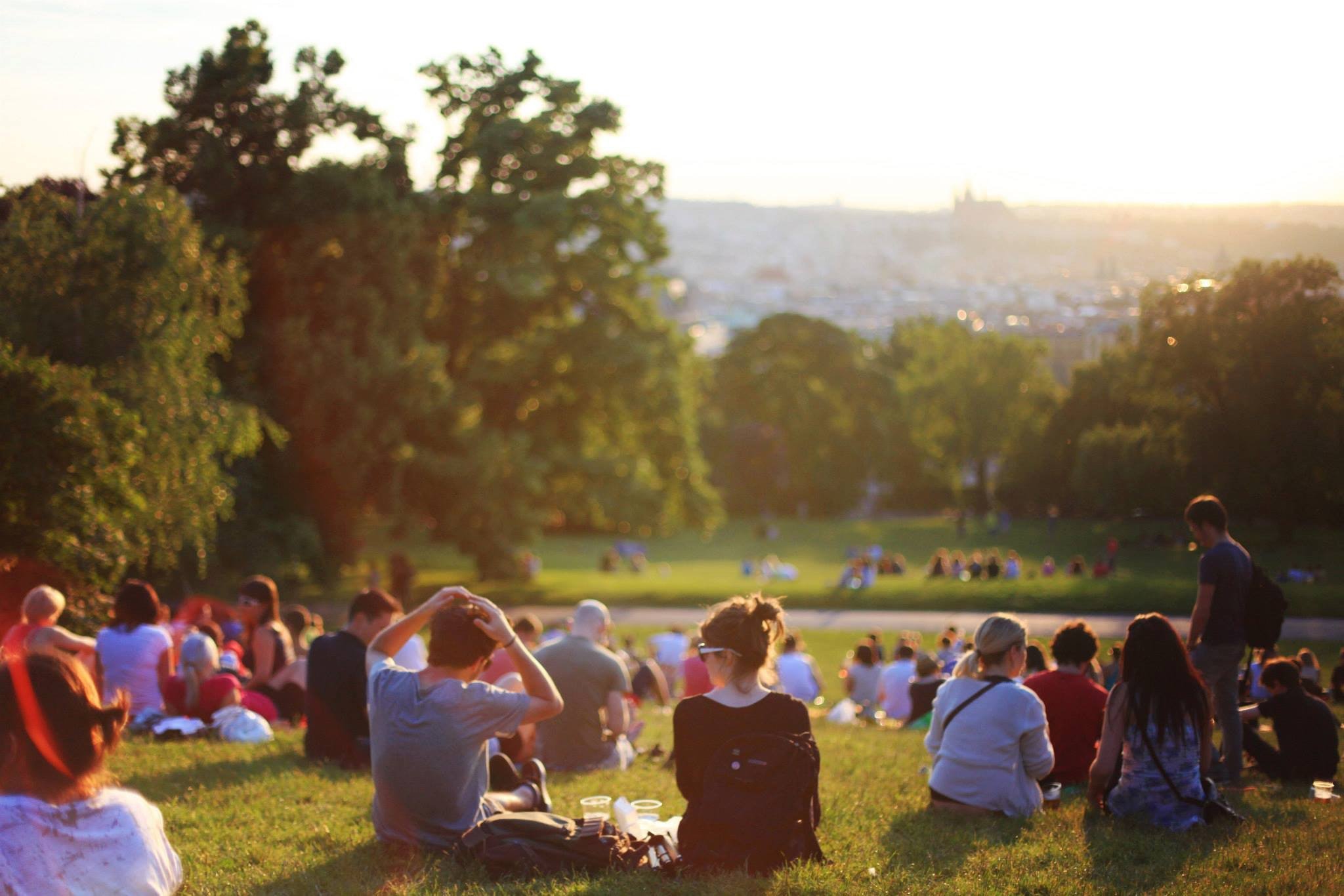RESOURCE HUB
Environmental Justice
Everyone has the right to healthy places to live, work and enjoy themselves. When we improve environmental justice across our cities, we make sure everyone receives their fair share of nature’s benefits and has access to quality green space.
-
Environmental justice is people’s right to healthy places to live, work and enjoy themselves as well as a fair share of nature’s benefits like food and water. It is also a responsibility to look after the planet for others and for future generations.
-
Characteristics like race, gender and class are closely linked to unequal access to quality green spaces. These inequalities have been highlighted by the Covid-19 pandemic. For example, Black people are 10% less likely to visit green spaces than white people. Lower income households are significantly less likely to visit green spaces than higher income households.
The Marmot Review 2010 found that health and wellbeing inequality is inextricably linked to socio-economic status, and that good health is impacted by the local environment. For Birmingham, it’s been estimated that there is approximately £11 billion worth of value in its green spaces, in terms of the quantified benefits it delivers over a 25-year period. A huge £4 billion of this is linked to people’s wellbeing.
-
Birmingham City Council (BCC) believes that access to good quality green and blue spaces is a fundamental right. In order to achieve this, BCC’s FPA project ‘Naturally Birmingham’ introduced two measurement scales. The first was an Environmental Justice score, which they created by combining the existing Indices of Multiple Deprivation (IMD, the government’s measure for equity across individual cities), and an extra four further indicators that the IMD doesn’t include. These are:
1. Access to a green space of 2 hectares or larger within 1000m
2. Flood Risk
3. Urban Heat Island Effect
4. Excess Years of Life Lost
BCC evaluated each city ward’s Environmental Justice score, and created an EJ map of the city where each ward was represented by a colour that matched their score – reds for the lowest environmental justice and green for the highest. The aim is to improve access to greenspace and quality of the local environment in the red wards. By colour coding and visually mapping these it is easier to direct resources and investment.
They also developed a Fair Standard scale for all Birmingham’s greenspaces. The Standard builds on the Green Flag Award by including and emphasising qualitative and quantitative assessment of environmental and social impacts. The aim of introducing this standard was to improve access to nature, broaden volunteering programmes and activities, and to embrace and embed a new way of working and decision-making to include environmental justice and greenspace across the Council. The Fair Park Standard asks of each park: is it fair, welcoming and accessible? Is it green, with mixed wildlife? Are there activities and walking routes available? Is it easy to find out what’s on? Is there a way to work out the value of the park to the community?
This work will inform city-wide improvement plans to bring all parks up to a fair standard and strive to achieve environmental justice for everyone.
In Conversation
Learn how the team behind the Birmingham Future Parks Accelerator project approached the issue of environmental justice in their city.
Address Environmental Justice In Your Community
Learn how to help address environmental inequalities in your area, from mapping environmental justice to using your data to undertake improvements.









